Exhibition catalogue
Landskabet Imellem is published by Gallery image in connection with the exhibition The Landscape In-between, 2013.
Made in 500 copies.
A Landscape of difference, Translation of original Danish text by Kathrine Svanum, Master of Arts in Art History.
In visual arts, the Danish landscape is often portrayed with a blue sky over hills, tall forests and with a red stag enjoying the sun in a clearing by a forest lake. Maybe there is a stream running through the landscape while a burial mound is seen in the background. Such visualisations have become an allegory of the nature that surrounds us. These visualisations show us something tangible, not necessarily the truth, but something we can easily relate to.
Picture yourself in the same landscape, but insert a tank and the smoke from projectiles which explode the moment they hit the ground. This landscape can also be found in Denmark. In the military shooting grounds. Grounds which are probably unknown territory for most, and grounds which are completely absent in art.
Morten Barker’s photographic landscape project the Landscape In-Between is an exception. He uses the anonymous and complex nature of the military shooting grounds to remind us that the landscape is not just tall beeches, far-reaching heaths and bellowing stags. With a view to what wars and military conflicts have meant for the establishment and understanding of the landscape, Barker tells a different story of the landscape as a place where soldiers have had to learn to defend themselves and their territories and learned to kill people.
The point of departure in the exhibition the Landscape In-Between is a curiosity about the faceted landscape of Danish military shootings grounds. It is not a documentary portrayal, but rather an aesthetic reflection over the shooting ground landscape and the questions that arise – what is a landscape? What is the significance of war and military conflicts for its construction? And maybe more importantly, for our perception of the landscape?
Landscape photographer
One thing should be made clear straight away: Morten Barker is not a war photographer. He is not a documentary photographer. He is a landscape photographer, and he is interested in depicting what has shaped the landscape. This is where war and military conflicts enter the picture. They have been, and are still, contributing factors in the development and formation of the landscape. This is where elements from documentary photography become important for Morten Barker’s landscape vision as documentary photography in its broadest interpretation attempts to portray reality. But why the landscape? What is the significance of this theme?
A way to view the world
The landscape emerges relatively late as an actual theme in art, namely in the 1500s. The landscape is not completely absent before this time, but it slowly becomes the main motif as such instead of merely being a secondary part of the primary interest of art: history.
But what is a landscape image? In art history, the traditional answer to this question has been that a landscape image is an aesthetic segment of nature, instinctively seen and acknowledged by man. But in the 20th century, this perception of the landscape image is shot down. It is not possible to simply observe and portray the landscape instinctively and without reflection. A landscape image must be perceived in a figurative way of observing nature contingent on human beings freely being able to relate to nature and enjoy it without a certain purpose. A landscape image is not an innocent representation of nature. It is a representation influenced by prevailing political, ideological and cultural ideas and traditions. Humans are no longer dependent on nature in the same way they used to be, but they can now observe it free of such interests. This lack of purpose and the distancing to nature is thus an essential prerequisite enabling the artist to create landscape images. In other words, paradoxically, the increasing distance to nature seems to be the prerequisite for the emergence of landscape painting, and later, landscape photography. With the relocation from country to city, the country becomes what is located outside the cities, and this country is constructed in art as landscape.
For Morten Barker, this historic development in the conception of the landscape does not seem to be an impediment for his landscape art. Rather, it is a quality which he actively utilises in his examination of the shooting ground landscape. He acknowledges that the landscape image is a medium shrouded in a tradition filled with cultural meaning and which holds symbols that can be activated and twisted so as to promote certain values and opinions. That is exactly what makes the landscape an interesting theme.
The Danish Golden Age as frame
The Landscape In-Between builds on a landscape art tradition which in art history is particularly tied to the romantic and elevated landscape painting of the Danish Golden Age. The Danish Golden Age extends over a period in the 1800s, strongly marked by a national romantic wave which rolled over the country. This is where the landscape painting gets its special meaning.
The fight for nation state sovereignty gives rise to a nationalisation and emotionalisation of nature. The liberal, democratic nation state finds its foundation in the landscape as a vast conflict about territorial rights and definitions of identify. In that context, the landscape paintings constitute a figurative statement of what is too complicated to express politically – that is, the idea of a territorial identity. The landscape paintings become the glue between populations and their territories.
As a political phenomenon, the landscape painting can thus not be understood without its emotional and aesthetic functions. These sides are not in direct contrast to each other; rather, they constitute two sides of the same coin. The landscape painting evolves to become an ideal way of projecting cultural sentimentality and identity, and it is thus instrumental in making art a greater part of the modern project where its aesthetics is fundamentally communicative.
The shooting grounds
In the military shootings grounds, these conflicts are evident. These areas are probably the closest we get to active military war zones in Denmark. This is where young soldiers are trained to partake in war and to kill. Only parts of these areas are closed off for unauthorized persons; for the most part, the public has free access. This does not prevent these areas from having a certain mystical aura. Morten Barker has stayed in Denmark’s oldest shooting grounds, Øksbølllejren (Camp Oksbøl), and during his stays, he has observed the military exercises.
In history painting, there are several examples of artists depicting the violence, powerlessness and brutality of war. But in these paintings, the landscape is often reduced to an anonymous stage, which rarely unveils its individuality and properties. For Morten Barker, it is essential that the landscape is not only the stage on which wars take place. The landscape is an important factor in wars.
The Landscape In-Between is thus a small rebellion against the image of the landscape which especially the Golden Age was key in creating. Morten Barker consciously exploits that image by showing what has also formed this landscape: war. The landscape is not pure harmony and peaceful idyll. It is also harsh, brutal and rough’. Morten Barkers photographs are not abstract representations of a marginalised landscape. He shows the raw reality of shooting ground landscapes, and he acknowledges the impact of history.
The relationship between these poles completely unfolds in the exhibition’s video installation, which consists of two projections. In one, the heath is bombarded by shells and tanks while the air is filled with lark song. In the other, the situation is reversed. We see a herd of hinds wandering the undulating terrain. A stag stops in the centre of the picture. The sound of its bellow mixes with the rumbling of the tank. It is the same landscape, with or without the tank and the stag. However, the nature of the landscape changes depending on the representation of these elements.
Grand views and small details
Morten Barker portrays the shooting ground landscape in both grand, monumental views and in the small, objective details. We see artistic landscape photography with a touch of documentary quality. He depicts a reality in the shooting grounds even though it is a reality that is outside what most of us see in our daily lives. This representation of actual reality is, as mentioned above, within the special domain of documentary photography. The pieces of the Landscape In-Between also have a touch of the snapshot quality of documentary photography, which contributes to challenging the classic eternity images of the Danish landscape. Morten Barker documents with the Landscape In-Between a landscape which also visualises a Danish identity and history.
Technically, Morten Barker works a bit like the Golden Age artists. Not only does he take an interest in the grand, monumental views of the landscape, he also has an eye for details. It is this alternation between these scales which plays a key role for many of the great artists of the Golden Age, such as Jens Juhl, P.C. Skovgaard and Dankvart Dreyer. If we take a closer look at their work, we will discover that the monumentality is not only found in the abundance of details but also in the impressive size of the canvas.
Morten Barker takes a multitude of photos when he observes the shooting ground exercises. In this way, he creates a comprehensive photo library, which he uses to compose the completed pieces. His photography process does not commence with a certain result in mind; instead, he lets the photos emerge during the process. Even though many coincidences occur when he moves around the landscape in jeep, hunting down the tank, he takes a special interest in what is to be photographed. In that way, the creation of his landscape pictures is an interplay between what in a moment is present and the aesthetic eye with which Morten Barkers observes it.
The pieces of the Landscape In-Between do not create an illusion of reality, like the elevated Golden Age landscapes. They portray an illusion about a landscape and demonstrate that the landscape is built by small, significant elements. In a frieze of small photographs, Morten Barker has condensed the situation in the shooting ground landscape by showing red deer tracks and tank tracks side by side, and separately. The meaning is clear: the details of the landscape play an essential role.
Landscape reflections
Morten Barker’s landscape pictures engage with and influence the observer. They are inviting, informative and function within a certain ideological context. The Landscape In-Between strikes a sore spot. War is inevitably on the agenda, and the tank and stag tracks set in the landscape remind us that we (Denmark) are a nation at war, and that wars, both today and in the past, have been an important prerequisite for the construction and structure of the landscape. The Danish landscape and the Danish borders are shaped by the wars we have won or lost. The peace that rests upon Denmark now is in sharp contrast to the historic state of Denmark and to what many countries are experiencing today.
Morten Barker does take a stance as to whether certain military conflicts (for example in Israel, Afghanistan, Iraq, Syria and Lebanon) are correct or not. With the Landscape In-Between, he reminds us that we do not take a stance on the landscape, and that we forget what has shaped our perceptions of it. We tend to simply accept the idealised and often romanticised image that we know from art history. But there is a world of difference between that landscape and the other realities of landscapes.
In the Landscape In-Between, landscape photography is thus used as a medium, which, just like language, is not only the foundation for the shaping of our identity but also an affiliated part of our identity. It is a natural source to understanding who and what made the landscape what it is.
Poulsen, Hanne Kolind: ”Mennesket i naturen” in Holm, Henrik & Hanne Kolind Poulsen: Nature strikes back. Menneskets forhold til naturen set gennem vestlig kunst, Statens Museum for Kunst, København, 2009 p. 36
Ibid., p. 34
Ibid.
Ibid.
Löfgren, Orvar: ”Kulturarvets renässans. Landskabsuplevelse mellan marknad och politik” in Kulturhistorisk Tidsskrift, Lund 1997
 1 / 13
1 / 13
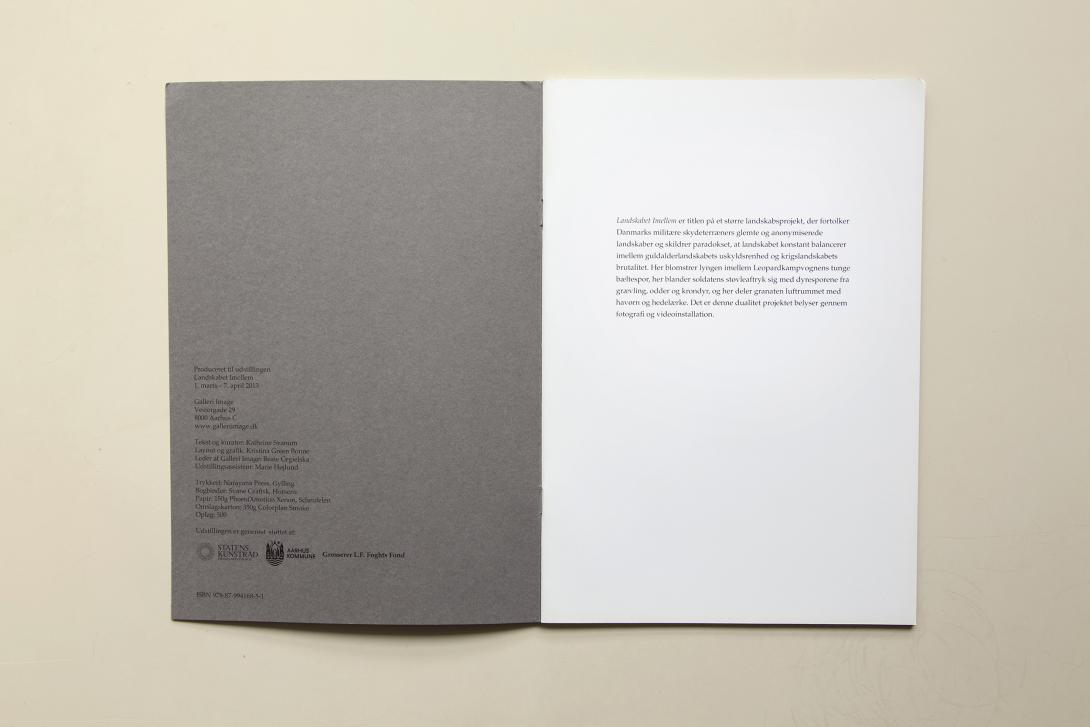 2 / 13
2 / 13
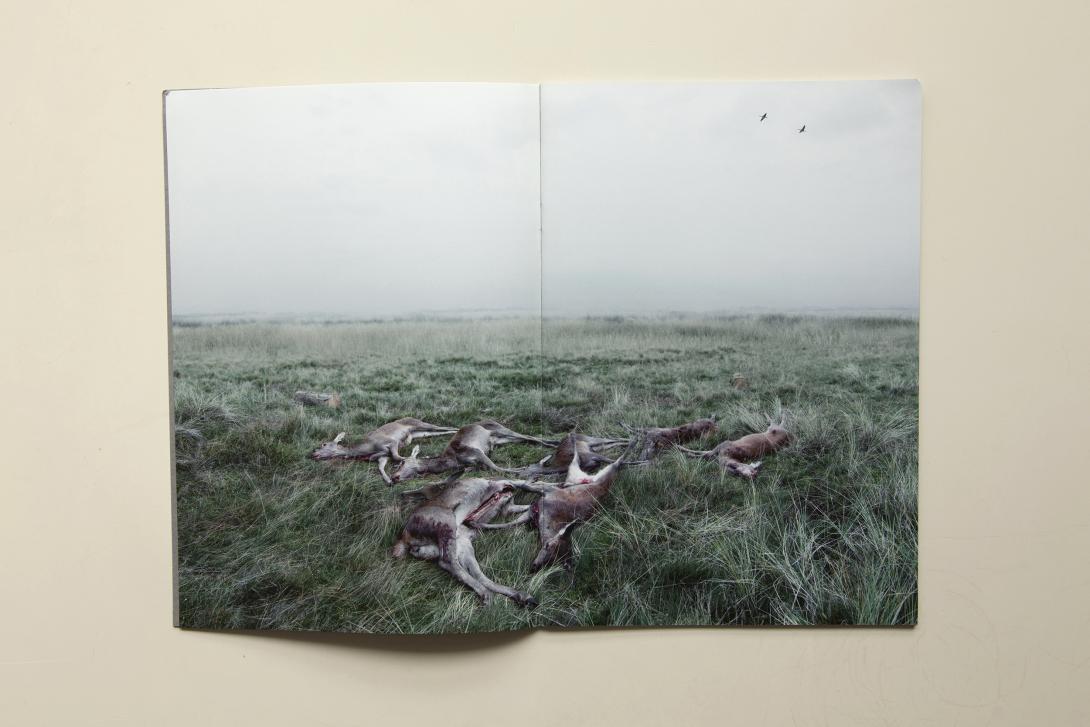 3 / 13
3 / 13
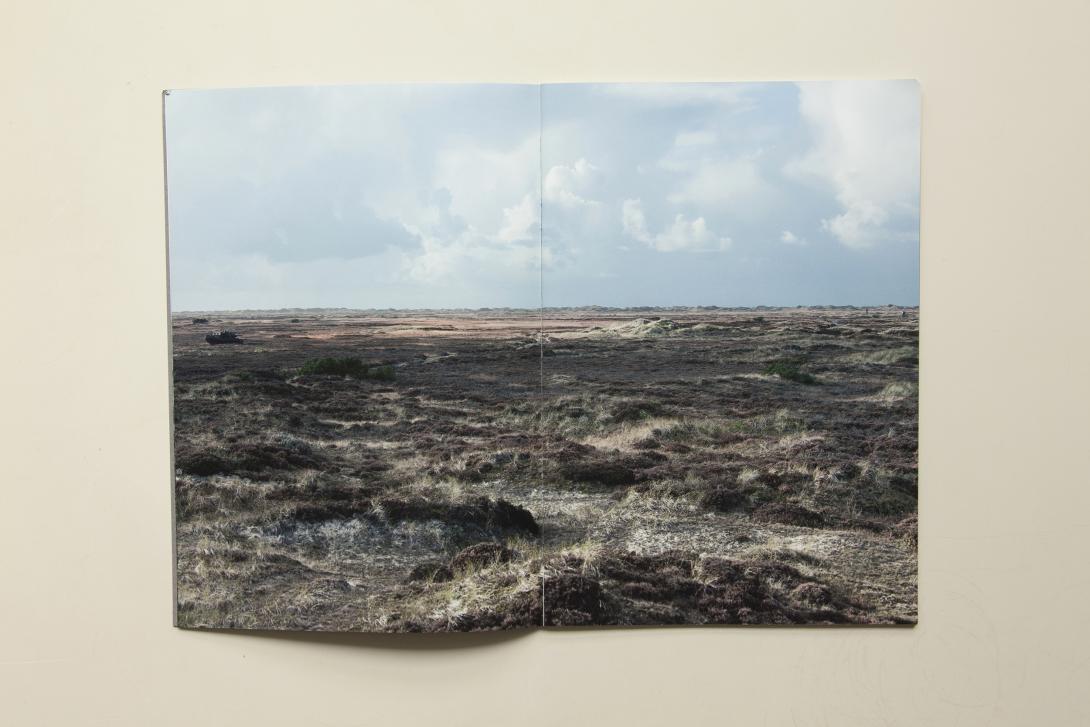 4 / 13
4 / 13
 5 / 13
5 / 13
 6 / 13
6 / 13
 7 / 13
7 / 13
 8 / 13
8 / 13
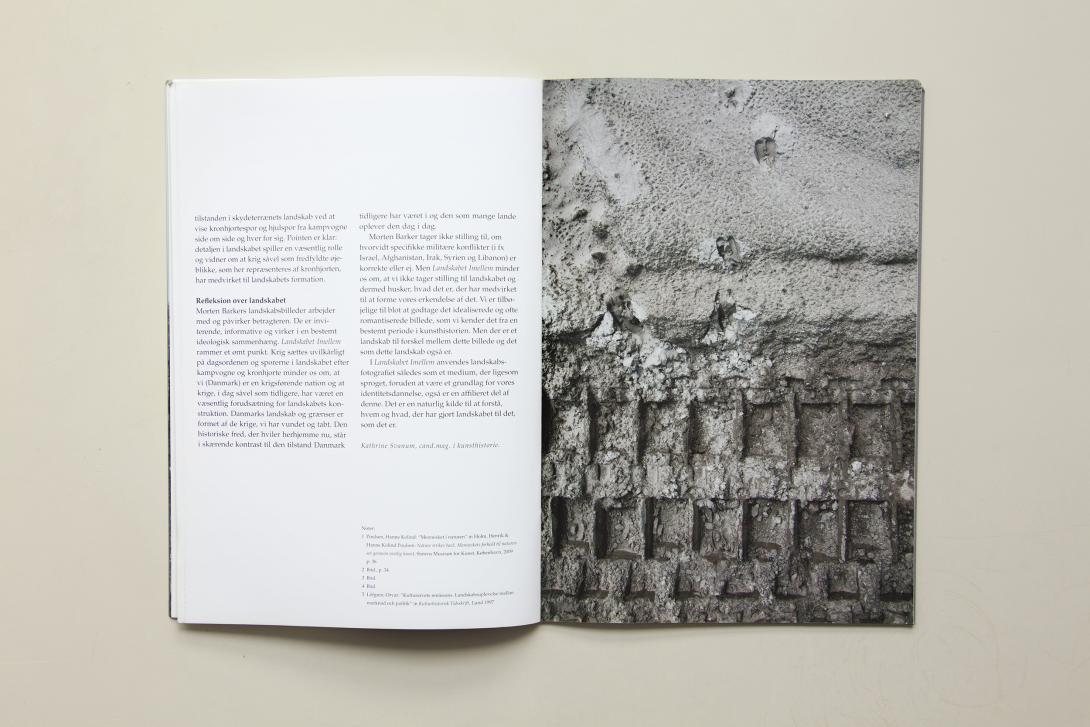 9 / 13
9 / 13
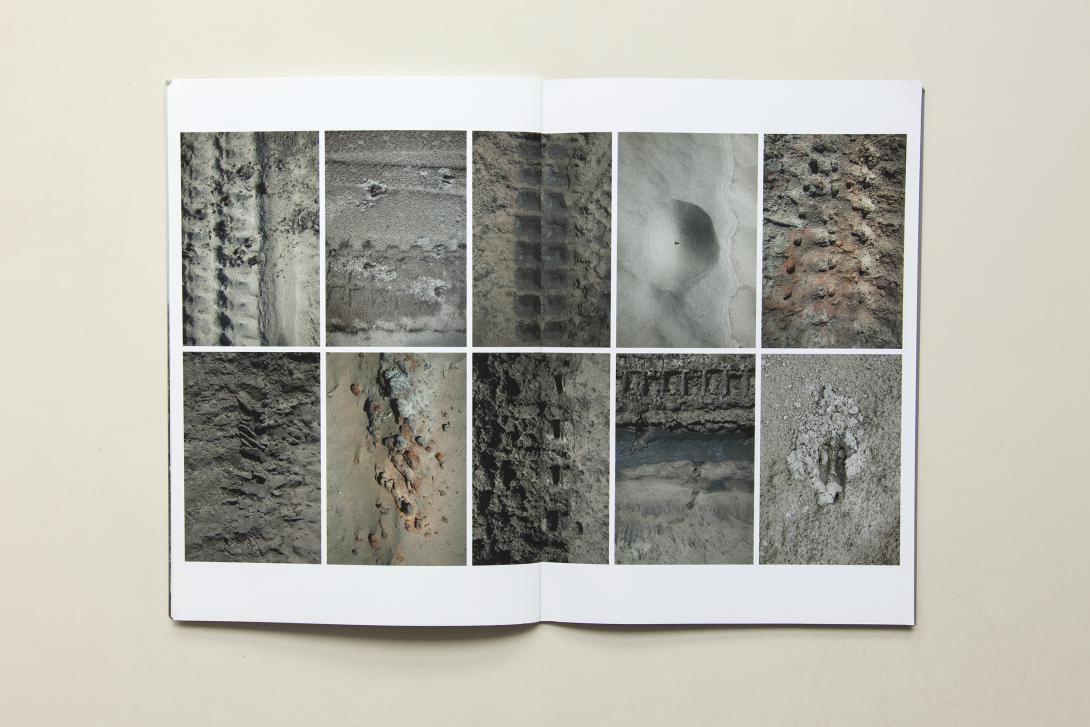 10 / 13
10 / 13
 11 / 13
11 / 13
 12 / 13
12 / 13
 13 / 13
13 / 13